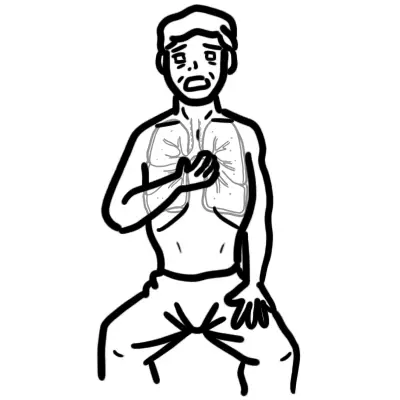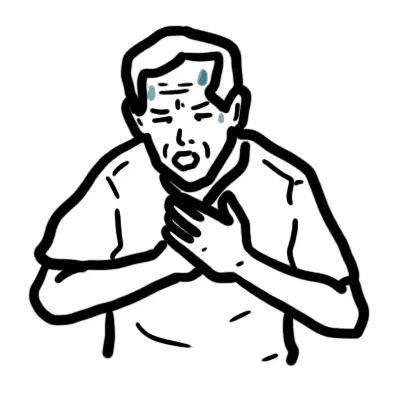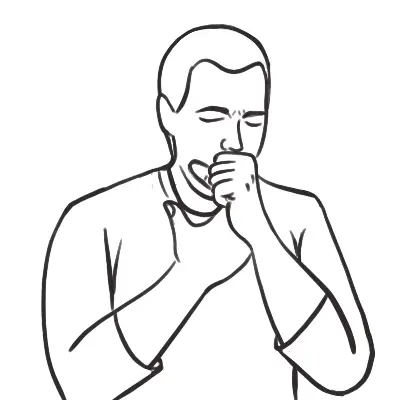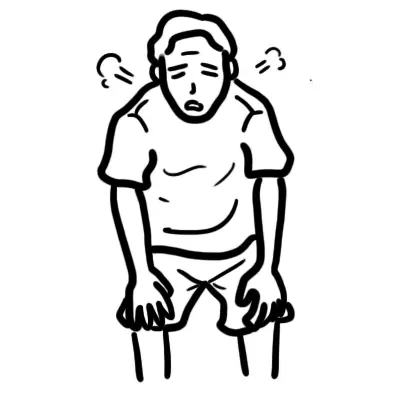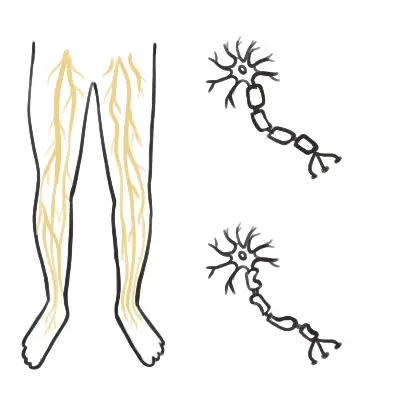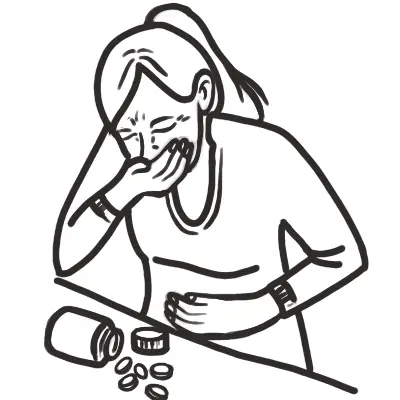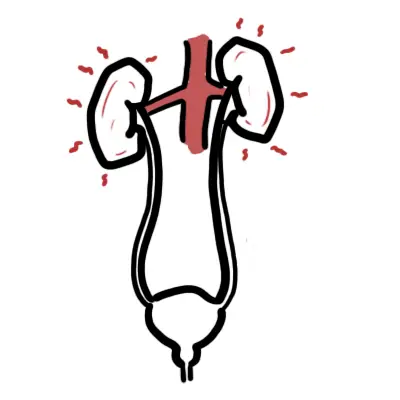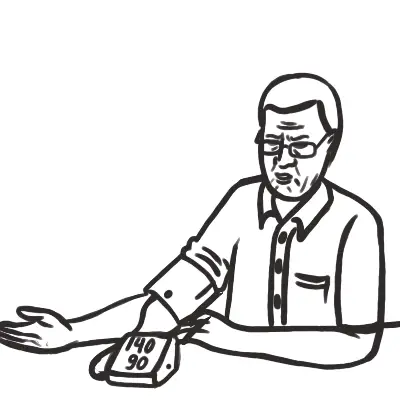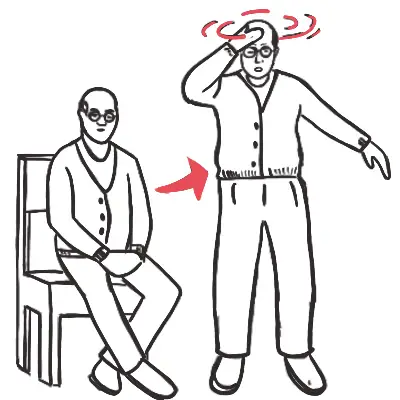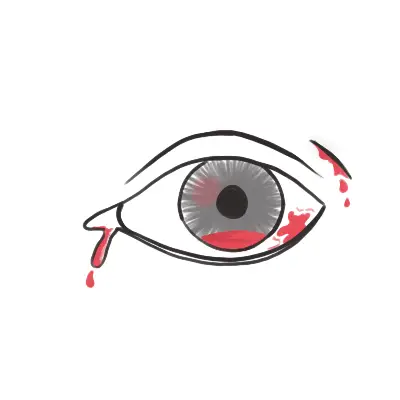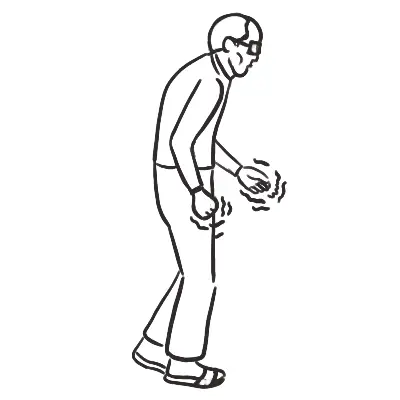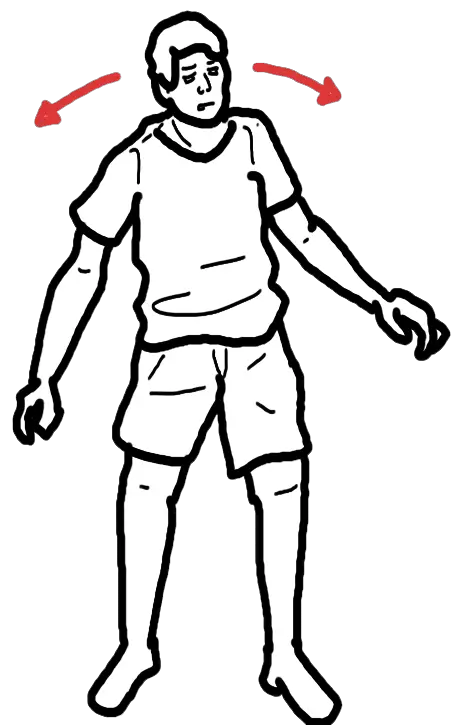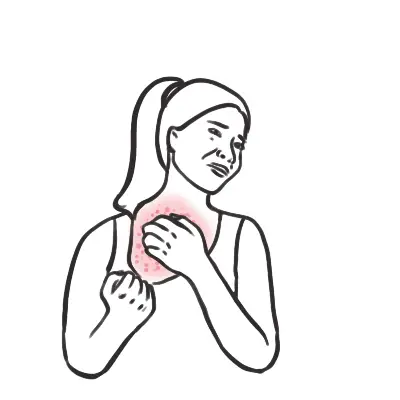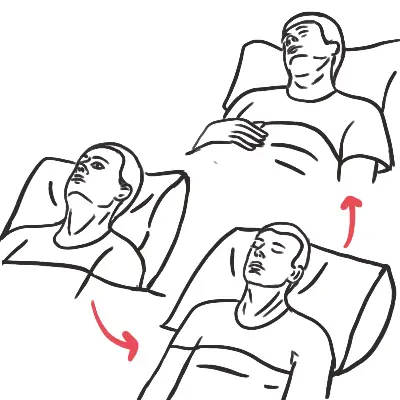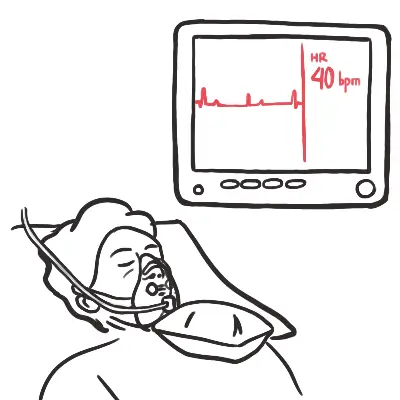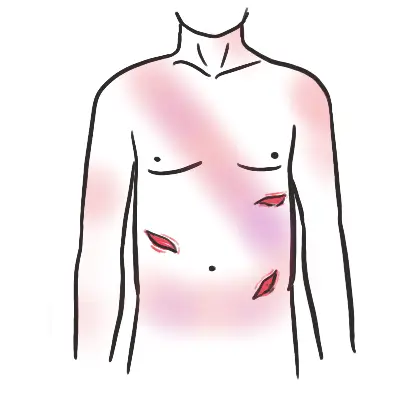Notes »
clinical
» Pulmonology
Chronic Dyspnea
Overview
Dyspnea (Greek dys, meaning “painful,” “difficult,” and pneuma, meaning “breath. Dyspnea is the medical term for subjective experience of breathlessness or shortness of breath. Dyspnea can be acute when it develops over hours to days and chronic when it has been for more than four to eight weeks.
| Remember As a rule, chronic dyspnea begins with breathlessness on exertion—which, in time, progresses to dyspnea at rest. |
Dyspnea may be due to diseases in virtually any organ system, whether caused by interference with breathing, increased demand for breathing, or weakening of the respiratory pump. In most cases, however, patients with dyspnea can be categorized into one of two groups: respiratory related dyspnea or cardiovascular related dyspnea.
| COMMON CAUSES OF CHRONIC DYSPNOEA | |
| Respiratory Disease | Cardiovascular Disease |
| COPD | Myocardial Dysfunction (Heart Failure) |
| Asthma | Obesity/de-conditioning |
| Interstitial lung disease | |
| CAUSES OF DYSPNOEA | |
| Acute | Chronic |
| Pulmonary edema | COPD |
| Asthma | Left-Sided Heart Failure |
| Injury to chest wall and intrathoracic structures | Asthma |
| Spontaneous pneumothorax | Pulmonary vascular disease |
| Pulmonary embolism | Psychogenic dyspnea |
| Pneumonia | Anemia (severe) |
| ARDS | Hypersensitivity disorders |
| Pleural effusion | Pleural effusion |
| Pulmonary Haemorrhage | |
| Foreign body aspiration | |
| Anxiety |
| NYHA classification of dyspnea (For Heart Failure) | |
| I | nil at rest, some on vigorous activity |
| II | nil at rest, dyspnea on moderate exertion |
| III | mild dyspnea at rest, worse on mild exertion |
| IV | significant dyspnea at rest and worse on slight exertion |
Investigation
- Pulse oximetry
- Full blood count (to exclude anaemia): The degree of dyspnea associated with anaemia may depend on the rapidity of blood loss and the degree of exertion that the patient undertakes.
- Glucose
- EUC
- Thyroid stimulating hormone (TSH).
- Spirometry pre and post inhaled bronchodilator OR full pulmonary function tests (PFTs) if the clinical evaluation does not suggest asthma or COPD.
- Pulse oximetry during ambulation at a normal pace over approximately 200 meters and/or up two to three flights of stairs.
- Chest X-ray
- ECG
- Brain Natriuretic Peptide (BNP)
- Echocardiography is useful for evaluating suspected left ventricular dysfunction, pulmonary hypertension, and diastolic dysfunction.
Management
- Oxygen
- Fluids
- Analgesis
- Chest X-ray
- ECG
Specific types of Dyspnea
- Orthopnea - dyspnea when lying flat. patient usually sleeps with multiple pillows
- Paroxysmal nocturnal dyspnea - episodes of breathlessness at night. It is associated with pulmonary oedema
- Cheyne–Stokes breathing is characterized by alternating periods of hypoventilation and hyperventilation
- Kussmaul breathing - Diabetic ketoacidosis who manifests with “air hunger”: rapid breathing.

